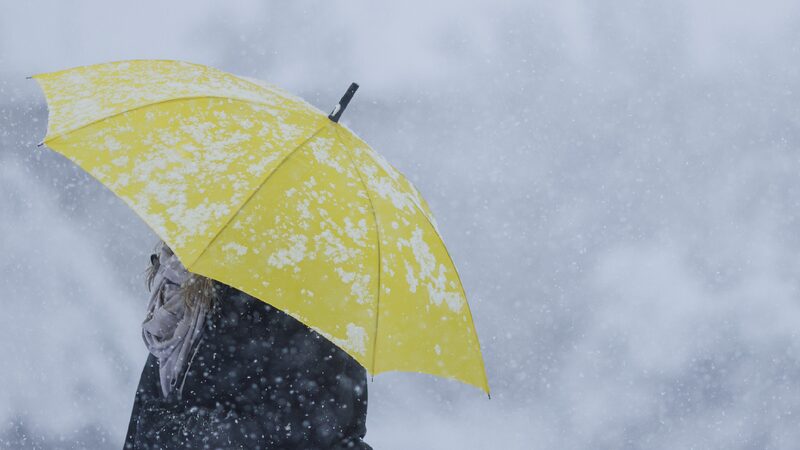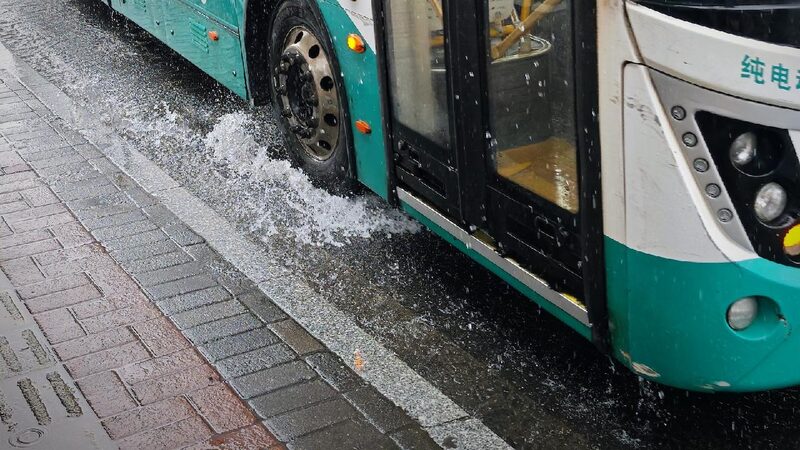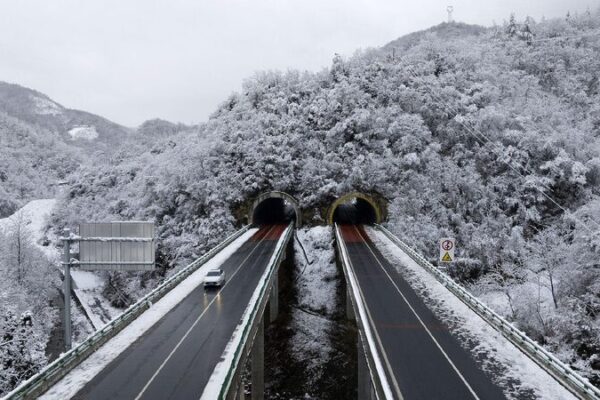A severe cold wave has gripped vast regions of China, bringing the lowest temperatures of the season to central and eastern areas. Local authorities are responding swiftly to ensure public safety and maintain essential daily supplies.
The National Meteorological Center renewed a blue alert for the cold wave and a yellow alert for strong winds on Friday. From Friday to Saturday, the cold front is expected to sweep across China, causing temperatures to drop significantly in parts of the northwest, northern regions, the Huanghuai region—which includes Henan, Anhui, Jiangsu, and Shandong—most southern regions, the Qinghai-Xizang Plateau, and western Sichuan. In some areas, the mercury could plummet by over 10 degrees Celsius.
In Shandong Province of eastern China, temperatures have nosedived as the cold wave advances. Local authorities have implemented measures to ensure power supplies and protect agricultural production. Early in the morning, Wu Binbin, director of a power supply station in Jinan, the capital of Shandong, led his team on a patrol of 10kV power lines to prevent ice-related issues.
“The safe and stable operation of power lines is crucial for keeping homes lit and warm. No risk can be overlooked,” Wu emphasized. His team meticulously inspected poles, towers, and power lines for any signs of damage, rust, or loose components, traversing mountainous terrains and forests to ensure the electrical infrastructure remains secure.
The cold snap has also posed challenges to Shandong’s agricultural sector. In Shouguang, a major vegetable production base, agricultural experts are providing technical guidance at planting bases and inside greenhouses. Liu Chunxiang, an expert from Shouguang’s Bureau of Agriculture and Rural Affairs, outlined key measures to mitigate the impact of the temperature drop.
“The drainage channels around the greenhouses must be cleared, and the greenhouses and thermal insulation blankets should be reinforced,” Liu advised.
Shouguang’s greenhouses have integrated advanced technologies like artificial intelligence, the Internet of Things, and 5G. Intelligent temperature control, automated ventilation, and supplemental lighting systems are playing vital roles in combating the extreme weather. The area boasts about 40,000 hectares of facility-based vegetable cultivation, yielding an annual output of 4.5 million tonnes.
Meanwhile, Beijing experienced its most severe cold wave since the onset of winter. The city’s transport sector has taken measures to ensure safe travel amid strong winds and freezing temperatures. Subway services have switched to manual operation, and buses on mountainous and highway routes have reduced their speeds for safety.
In the southwestern province of Guizhou, transportation authorities have implemented various measures to respond to potential snowfall or freezing rain. As of 7 a.m. on Friday, 13 sections of expressways and national and provincial roads across the province were temporarily closed due to icy conditions, and 12 toll stations were shut down.
The impact of the cold wave is expected to ease by the weekend, bringing some relief to the affected regions.
Reference(s):
China adopts multiple safety measures as cold wave grips nation
cgtn.com








